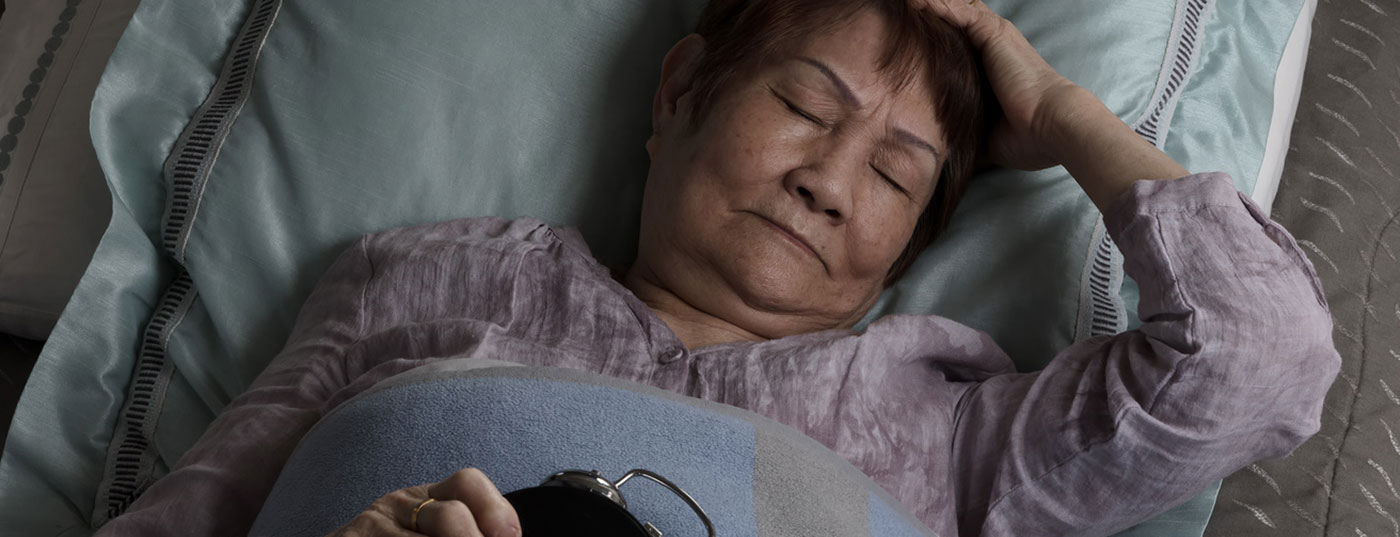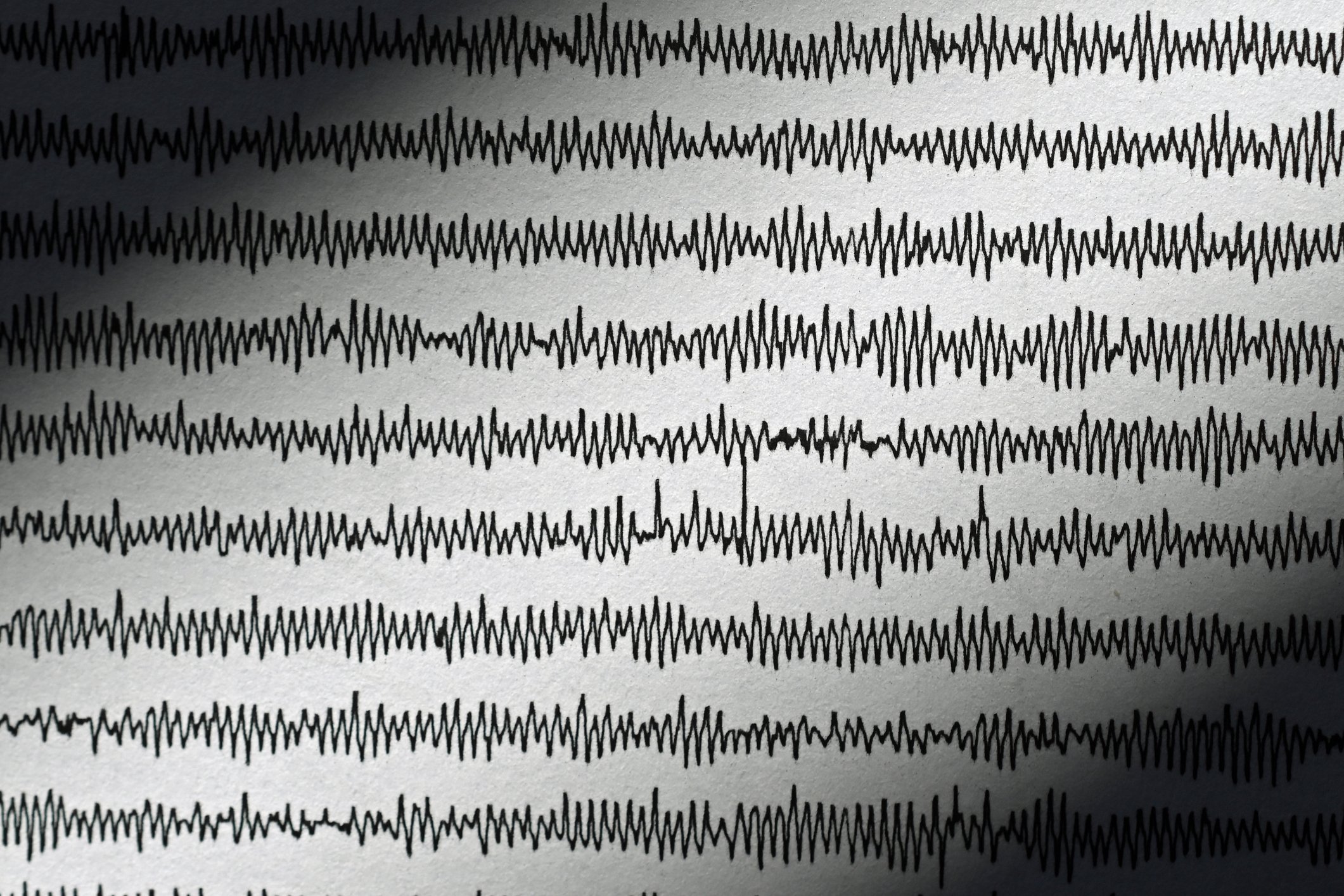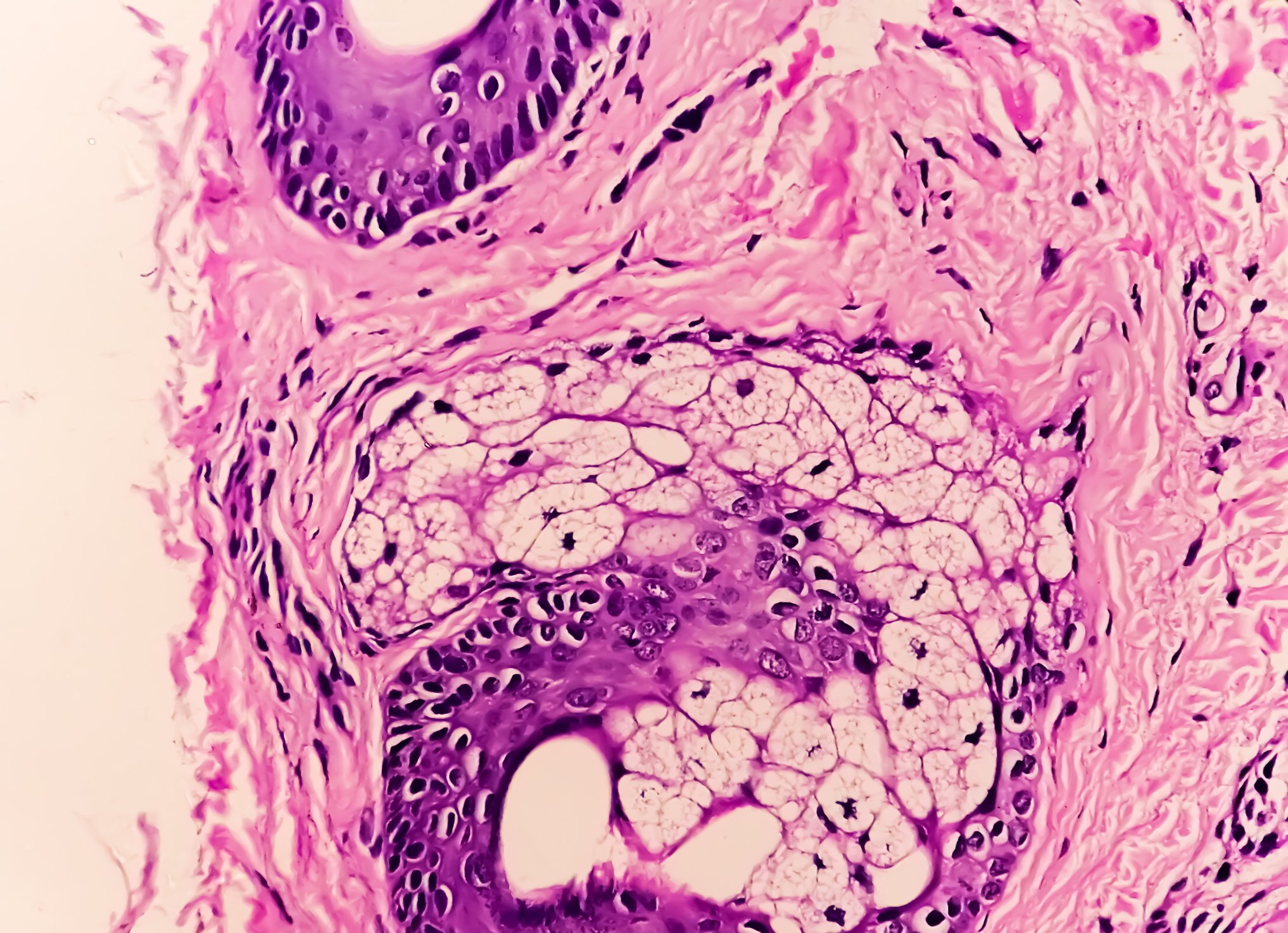People who sleep poorly feel tired and listless during the day. Mild sleep problems are probably familiar to everyone. But sufferers with manifest sleep disorders suffer from a variety of problems. Often, sleep disorders are also a symptom of another disease, which is not infrequently associated with abnormalities of the brain substance. Recent findings were discussed at the Neurology Annual Meeting.
White matter abnormalities reflect vascular contribution to cognitive impairment and dementia (VCID) in the elderly, but their association with sleep remains unclear. Therefore, we aimed to investigate whether polysomnographic (PSG) sleep parameters are associated with biomarkers of cerebrovascular disease in older adults [1]. From the population-based Mayo Clinic Study of Aging, 140 nondemented participants were identified who had undergone at least one brain MRI and split-night PSG.
Two VCID biomarkers were quantified-white matter hyperintensities (WMH) from FLAIR MRI and fractional anisotropy of the genu of the corpus callosum (genu FA) from diffusion MRI. For this cross-sectional analysis, linear models were fitted to assess associations between diagnostic PSG parameters (N1, N3, mean oxyhemoglobin saturation, and log AHI) and VCID biomarkers (log WMH and log Genu-FA), adjusted for age (at the time of MRI), sex, APOΕ4 status, composite cardiovascular and metabolic conditions (CMC score), REM, supine position, sleep duration (from the diagnostic part), and interval between MRI and PSG. The absolute median interval between MRI imaging and PSG was 1.74 years. For each 10-point drop in N3, there was a 0.058 increase in the log value of WMH and a 0.006 decrease in the log value of genu-FA. Participants with severe sleep apnea had a higher WMH burden compared with participants with mild disease, after adjustment for age, sex, and N3. It was shown that reduced slow-wave sleep and severe sleep apnea in predominantly cognitively unimpaired older adults were associated with a higher burden of white matter abnormalities, which contribute to a higher risk of cognitive impairment, dementia, and stroke.
Impaired sleep in ALS
Amyotrophic lateral sclerosis (ALS) is a fatal neurodegenerative disease characterized by atrophy and weakness of skeletal muscles. In 30% of cases the disease starts bulbar, while in 70% of cases it is spinal. Extra-motor systems affected in ALS include circuits that regulate sleep; early detection of sleep disorders and better definition of them could improve the quality of life of ALS patients. One of the most important prognostic factors in ALS is respiratory impairment. Their early detection and early initiation of non-invasive ventilation (NIV) allow prolongation of survival. At baseline and six months, 37 ALS patients and 37 healthy controls (HC) underwent neurological examination, polysomnography (PSG), arterial blood gas (ABG) measurement, spirometry, and completed a sleep and breathing questionnaire [2]. At baseline, ALS patients without respiratory symptoms showed an increase in AHI index and ODI index in contrast to HC. In contrast, spirometry and ABG results were normal in this subgroup of patients. Longitudinally, a significant deterioration of PSG parameters was observed. Patients who started nocturnal NIV (10 of 37) experienced significant improvement in PSG parameters. At baseline, an increase in periodic limb movements was also demonstrated in ALS versus HC.
Nucleus degeneration in iRBD?
Cholinergic dysfunction is an important contributor to cognitive impairment in Parkinson’s disease and dementia with Lewy bodies. REM sleep behavior disorder (RBD) is also associated with cognitive impairment and often occurs before a diagnosis of Parkinson’s disease or dementia with Lewy bodies. Imaging studies using positron emission topography have shown decreased cholinergic innervation of the neocortex in RBD, but it is unclear whether there is cholinergic degeneration in iRBD and, if present, whether it is associated with cognitive impairment. Therefore, a study should determine whether there is evidence of cholinergic nucleus 4 (Ch4) degeneration in patients with isolated REM sleep behavior disorder (iRBD) and whether Ch4 degeneration is associated with cognitive impairment in iRBD [3]. Data from 35 iRBD patients and 35 age- and sex-matched healthy controls (HC) were analyzed. Both groups completed cognitive tests, including Montreal Cognitive Assessment (MoCA), Hopkins Verbal Learning Test, Letter Number Sequencing (LNS), Symbol Digit Modalities Test, Judgement of Line Orientation, and Semantic Fluency Animals Test (SFT-animals). Regional gray matter density (GMD) was calculated for Ch4 and cholinergic nuclei 1, 2, and 3 (Ch123) from high-resolution structural MRI scans using probabilistic maps applied to brain MRI images. Ch4 GMD was significantly lower in the iRBD group compared with HC (0.417 vs. 0.441). In the iRBD group, Ch4 GMD correlated significantly with MoCA score, scaled LNS score, and scaled SFT tier score. It was shown that iRBD is associated with Ch4 degeneration and this degeneration may contribute to impaired working memory.
Congress: 75th Annual Meeting of the American Academy of Neurology (AAN)
Literature:
- Carvalho D, McCarter S, St. Louis E, et al.: Reduced Slow-Wave Sleep and Severe Sleep Apnea are Associated with Neuroimaging Biomarkers of Cerebrovascular Disease. Poster S6.004. AAN 2023 Annual Meeting.
- Bombaci A, Iadarola A, Fattori E, et al.: A Longitudinal evaluation of early Sleep and Respiratory Impairment in ALS patients. Poster S6.005. AAN 2023 Annual Meeting.
- Tan C, Nawaz H, Lageman S, et al.: Cholinergic Nucleus 4 Degeneration and Cognitive Impairment in isolated REM Sleep Behavior Disorder. Poster S6.008. AAN 2023 Annual Meeting.
InFo NEUROLOGIE & PSYCHIATRIE 2023; 21(3): 30












